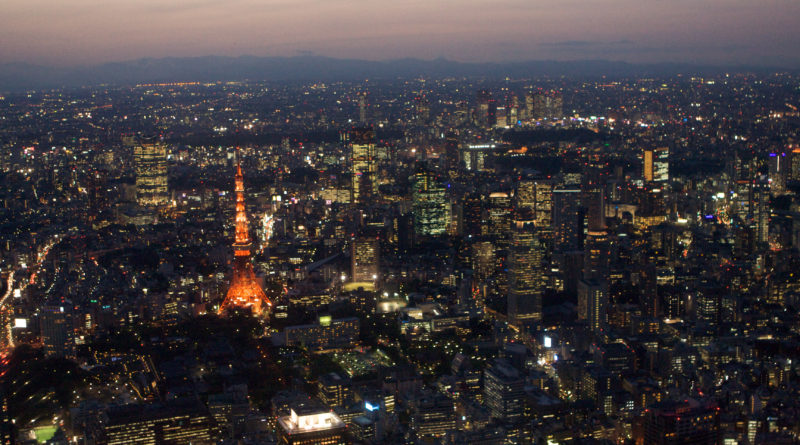How This One Super-City Stays Super Clean
Anyone who has ever so much as seen an episode of Captain Planet knows that development equals waste. It’s not hard to imagine why the idea of the money-hungry developer trampling over the natural world to turn a buck into a buck ten stuck, but it does make it surprising when we stumble on a stark counterexample. Enter Tokyo.
When you think of Tokyo you might already be thinking about a city that is streets ahead of the competition. A fast rising city that’s sprawling in size, oozing with tech, and has more than a few street corners that rival Times Square. If you think, due to the way these achievements have been made in the past, that Tokyo, being both massive and massively developed, must have no time or energy to consider the costs of said development, and must therefore be run by a consortium of Hoggish Greedly clones, you’d be wrong. In fact, in a way that is somewhat counterintuitive, Tokyo’s future-postured development practices actually mean the opposite in terms of waste management. And the rest of the world could learn a lot from their super eco-friendly practices.
How do you reduce the total volume of a whole city’s trash? You burn it of course. The problem, typically, with burning waste is that it produces harmful gasses and smoke and is often far worse for the environment than your average covered landfill. But Tokyo is not a typical city. High temperature burns decimate the waste while advanced filtration method capture the harmful gases and smoke. Their “smokestacks” emit only water vapor — clean steam. But that’s not all, the heat from these fires is used to generate enough energy to power the whole treatment plant, and then some, the remainder of which is sold back to the grid at profit. And, astonishingly, the heat is also used to supply hot water to residences, swimming pools, and greenhouses. But still one question remains: what do they do with all the ash?
Waste incineration does wonders for reducing the volume of trash, but of course the trash doesn’t disappear completely. After Tokyo’s 23 incineration sites, or “wards” as they’re known locally, are done burning the City’s trash to smithereens, something needs to be done with, well, the smithereens. And the next stop on this train ride, or perhaps boat ride, through Tokyo’s super green and super clean waste management system, is a set of new islands in the middle of Tokyo Bay.
You read that correctly. New islands. If you found yourself on one, a first glance you might mistake the reedy island for just another island, but upon closer inspection, once you notice that the only traffic on the island is a colony of dump trucks, or it’s peculiar geometric topography, you might realize that you’re actually standing on some 30 meters of compacted refuse. The ash from the wards is collected, shipped to the island, and carefully sorted and layered. The concept of a trash island isn’t all that new, but with such an orderly execution, and combined with the advanced incineration methods, the uncatchily named New Sea Surface Disposal Site and Central Breakwater Landfill stand as an exemplars for trash islands. But they’re not stopping there. Construction has already begun to turn much of this new land area into a green space for Tokyoites to enjoy at their leisure. In the very near future a trip to the dump and a trip to the park will be one in the same. Landscaping is already underway, turning Breakwater green with grass and pines.
And that’s more or less the story of how Tokyo is leading the way in waste management. A few other things come into play, like recycling of non-combustibles, and using some of the ash as slag for cement in the further development of the city. But the real takeaway here is that these practices can be employed anywhere. A lot of green practices are tied to geography and climate — not everywhere can collect thermal energy like Iceland or collect wind energy like Denmark, but everyone can look to Tokyo’s example of dealing with a bonkers amount of garbage, and dealing with it so well.
